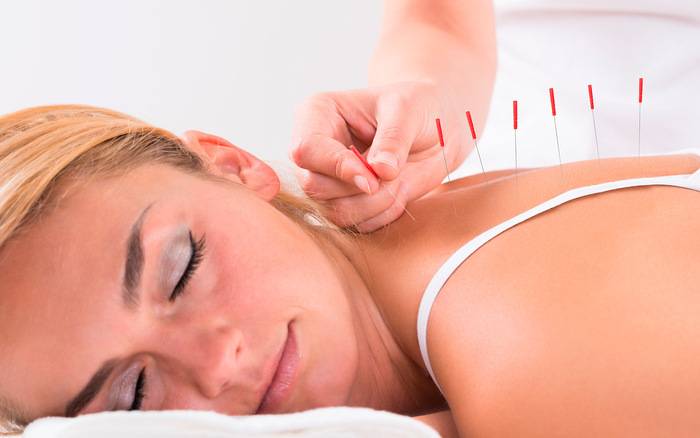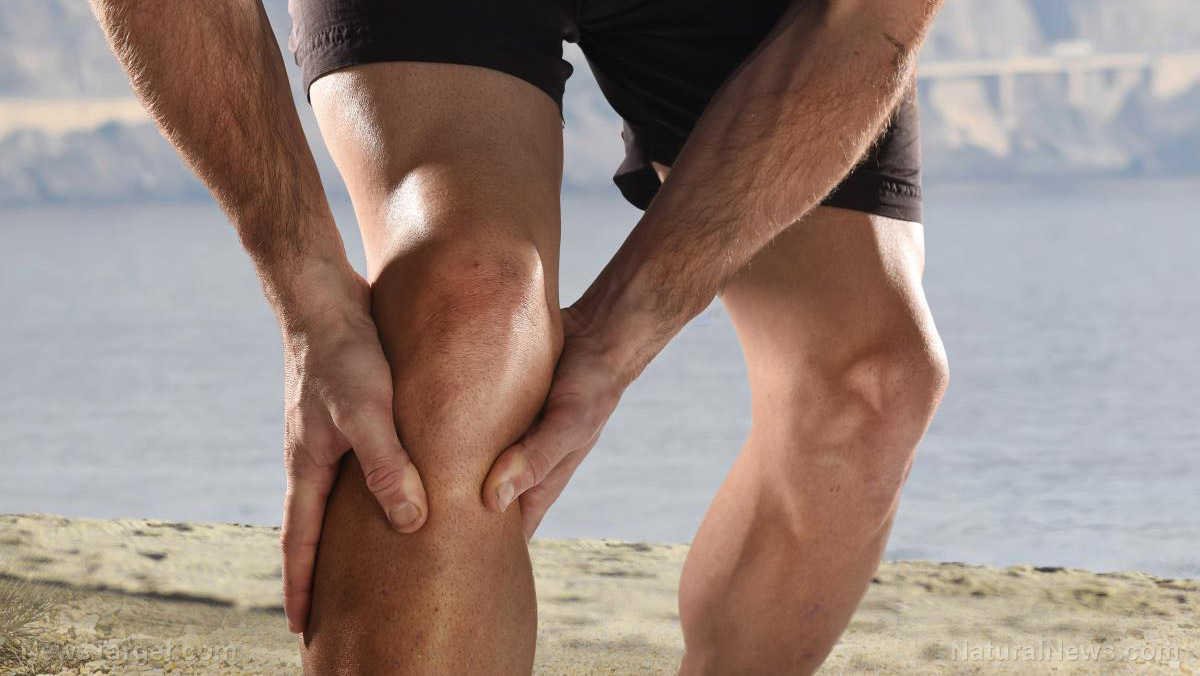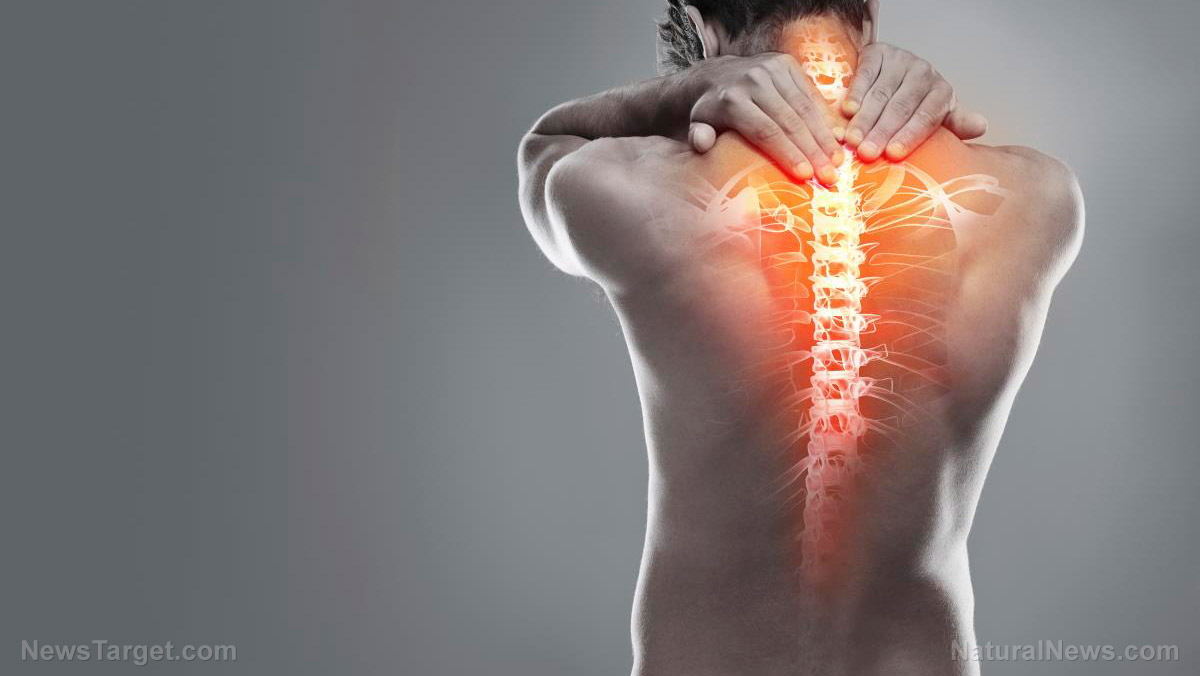Chronic pain can be reduced with multiple electroacupuncture sessions
10/06/2018 / By Rhonda Johansson

Chronic neuropathic pain can be significantly reduced with repeated electroacupuncture (EA). This was the conclusion of a recent study published in BMC Complementary and Alternative Medicine. Researchers behind the study say that their data suggest a potential use of this modern take on a natural medicine.
Recent evidence has found that glial cell activation is the leading cause of neuropathic pain. These cells act as a support system for and the insulation between neurons. Tissue damage and other forms of injury can cause an imbalance in glial cells, increasing the likelihood of neuropathic pain. Peripheral nerve injury likewise activates microgliacytes and astrocytes, leading to aberrant behavior in synapses and brain processes.
Neuroscientists have proposed that electroacupuncture is a simple and effective way to relieve chronic neuropathic pain caused by glial cell activation. To further validate this claim, they observed 120 male Wistar rats. These animals were equally divided into four: sham; chronic constrictive injury (CCI) group (evidence of a neuropathic pain model); sham CCI + EA; and CCI + EA.
Electroacupuncture was applied to the bilateral Zusanli (ST36) to Yanlingquan (GB34) points.
Researchers measured the mechanical (both time and force responses) and thermal pain threshold on the bilateral hind-paw of the mice. Meanwhile, immunofluorescence staining was used to measure the number of microgliacytes and activity of astrocytes in the dorsal horns of the lumbar spinal cord.
The results showed that EA treatment significantly relieved both types of pain threshold and decreased the number of microgliacytes. These benefits could be seen merely two days after treatment; although a plan extending for at least two weeks is recommended in order for the full effects to be felt.
Electroacupuncture vs. traditional acupuncture
Both types of treatment use needles to stimulate certain points in the body. However, in electroacupuncture, the needles are attached to a device that generates continuous electrical pulses using clips. Trained electroacupuncturists are then able to modify the frequency and intensity of the impulse being delivered, depending on the condition being treated.
Because EA is greater in terms of radiance, practitioners need not be very precise where they insert their needles. This is because the current being delivered stimulates a greater area than the needle itself, unlike in traditional acupuncture. Newer forms of EA have graduated to no longer using needles but electrodes instead. This technique is called transcutaneous electrical nerve stimulation (TENS) and uses electrodes that are taped to the surface of the skin. TENS is helpful for those who want to receive the benefits of EA but have a fear of needles or are suffering from a condition that prevents them from being needled.
Electroacupuncture is mostly used as a means to relieve different types of pain. That said, it has been studied to be useful for other conditions such as acne, acute nausea caused by cancer medications, and lowering blood pressure. (Related: Electroacupuncture blocks release of stress hormones in the body, study finds.)
The history of EA is not well-known. Some people believe that the technique was first used as early as the 1800s by physicians in France and Italy. Yet others say that EA was used by Japanese researchers in the 1940s as a means to make bone fractures heal more quickly. Still, there are others who say that EA wasn’t really developed until 1958 when Chinese acupuncturists began experimenting with it as a form of pain relief.
Regardless, natural healers say that EA is a potent alternative to treat a variety of conditions. Learn more about it at ChineseMedicine.news.
Sources include:
Tagged Under: alternative medicine, Chinese medicine, chronic neuropathic pain, chronic pain, electroacupuncture, natural cures, natural medicine, neuropathic pain, pain relief, remedies, therapies, traditional Chinese medicine
















